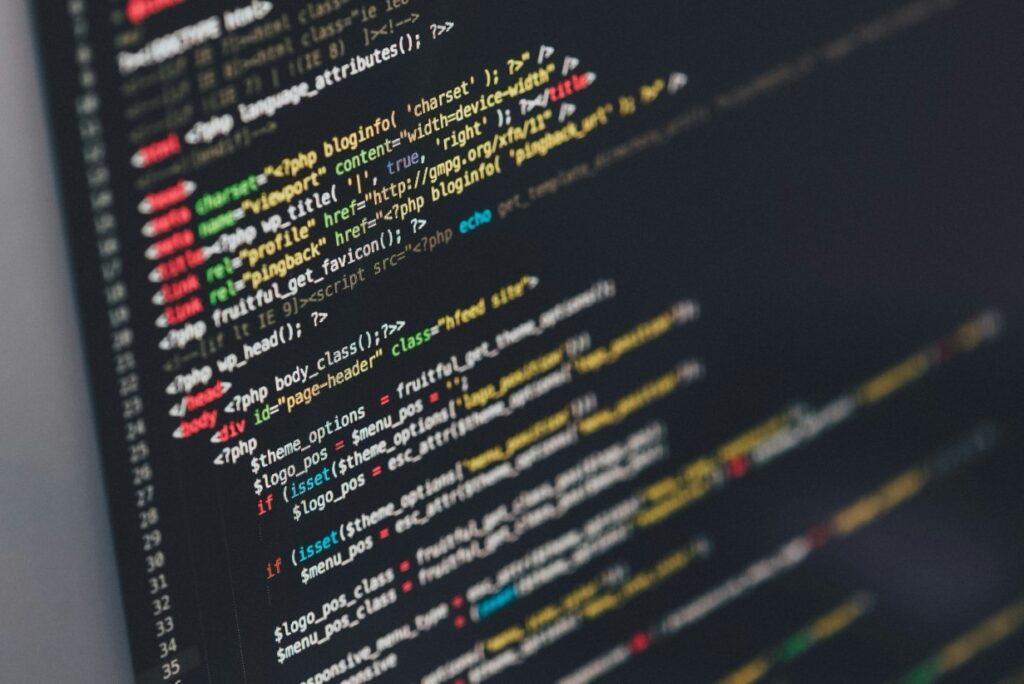Observability Meets AI: Unlocking New Frontiers in Data Collection, Analysis, and Predictions
As software systems become increasingly complex, observability — the ability to understand a system’s internal state based on its external outputs — has become a critical practice for developers and operations teams.
Traditional observability approaches struggle to keep up with the scale and complexity of modern applications. As the amount of telemetry data grows, it becomes expensive and complex to navigate.
Enter AI and its promise to revolutionize observability.
AI Observability is the practice of monitoring and gaining visibility into an AI infrastructure itself, such as large language models (LLMs), retrieval-augmented generation (RAG) systems, and other AI components. As AI systems become more popular in production environments, their performance and trustworthiness are crucial.
For example, consider an e-commerce company using a LLM to generate personalized product descriptions. Monitoring the LLM’s performance, detecting potential biases, and ensuring its outputs align with the company’s brand and values would fall under the realm of AI Observability.
On the other hand, AI-driven Observability explores how AI capabilities can enhance and transform traditional software observability tools and practices. This approach leverages AI techniques to improve various aspects of observability, from data collection and analysis to visualization and insights.

AI-driven Observability: Reimagining Monitoring and Insights
AI-driven observability explores how AI can revolutionize the way we approach observability in traditional software systems. Let’s examine some areas where AI can make a significant impact.
Data Collection and Sampling
One of the biggest challenges in observability is determining what telemetry data to collect and how much data to sample. AI techniques, such as anomaly detection and intelligent sampling, can help optimize data collection by identifying relevant patterns and prioritizing the most valuable data points.
For example, an AI model could analyze log data in real time and detect anomalous patterns or events. Then, it could dynamically adjust the sampling rate or data collection strategy accordingly.
Observability Copilot: Conversational Troubleshooting
One of the most exciting prospects of AI-driven observability is the possible development of an “observability copilot”. This would be an AI-powered assistant that can analyze logs, metrics, and traces, identify root causes, and more. What would set this copilot apart is its ability to engage in natural conversations.
Instead of composing complex queries and sifting through logs from multiple systems, developers could ask open-ended questions in plain language, as if they were trying to debug the issue together with a knowledgeable colleague. The observability copilot, powered by natural language processing (NLP) and machine learning (ML), can comprehend these queries, analyze the relevant observability data, and provide actionable insights and recommendations.
This conversational AI approach to troubleshooting could significantly reduce the time and effort required for developers to resolve issues and lower the barrier to entry for those less familiar with observability tools and query languages.
Data Storage and Management
Traditional observability tools often rely on time-series databases to store and manage telemetry data. As the volume and variety of observability data continue to grow, these databases can become increasingly costly and complex to manage.
AI could potentially transform the way we store and manage observability data. Instead of storing raw data verbatim, AI models could learn patterns and summarize data in more efficient ways, reducing storage costs and improving query performance.
For example, an AI model could analyze log data and identify recurring patterns or redundant information. It could then store compressed representations of these patterns, along with metadata and pointers to the original log entries, effectively reducing the overall storage footprint while preserving the ability to reconstruct and analyze the full dataset when needed.
Predictive Observability
While traditional observability tools excel at providing visibility into current and past system states, AI can unlock the ability to anticipate and proactively address future issues. By analyzing historical observability data and identifying patterns, AI models can make predictions about potential problems.
For instance, an AI-driven observability solution could analyze logs, metrics, and traces from a web application, considering factors such as traffic patterns, user behavior, and infrastructure scaling events. Using this data, the AI model could predict upcoming periods of high load or potential bottlenecks and alert developers or operations teams in advance.
These AI models could potentially go beyond simple alerts and provide actionable recommendations for mitigating or preventing the predicted issues. The system might suggest scaling specific microservices, adjusting database configurations, or implementing caching strategies based on the predicted workload.
Challenges and Considerations
While the potential of AI-driven observability is exciting, there are also several challenges and considerations to keep in mind:
Data Privacy and Security: Observability data often contains sensitive information, such as user data, system configurations, and application logs. Organizations must ensure that any AI system used for observability adheres to strict data privacy and security protocols. Observability data should be properly anonymized or redacted before being processed by AI models.
Data Ownership and Sharing: Some organizations may be hesitant to share observability data with third-party AI providers due to concerns around data ownership and intellectual property. This could potentially limit the adoption of AI-driven Observability solutions, especially those offered as cloud-based services.
Trust and Explainability: While AI models can provide valuable insights and recommendations, developers and operations teams may be hesitant to blindly trust these recommendations without a clear understanding of the underlying reasoning. AI-driven observability solutions must prioritize explainability and transparency, allowing users to understand the rationale behind the AI’s decisions and recommendations.
Skill and Cultural Adoption: Adopting AI-driven observability may require upskilling development and operations teams and cultural shifts within organizations. Teams must be willing to embrace new technologies and workflows, and leaders must provide the necessary training and support to ensure a smooth adoption process.
Despite these challenges, the potential benefits of AI-driven observability are significant, and organizations that can successfully navigate these considerations may gain a competitive advantage in terms of operational excellence, resilience, and innovation.
